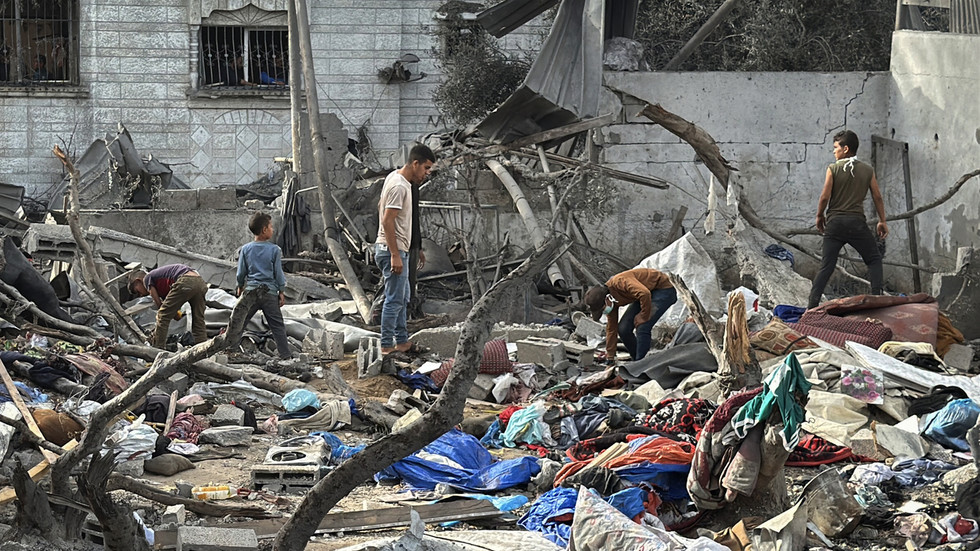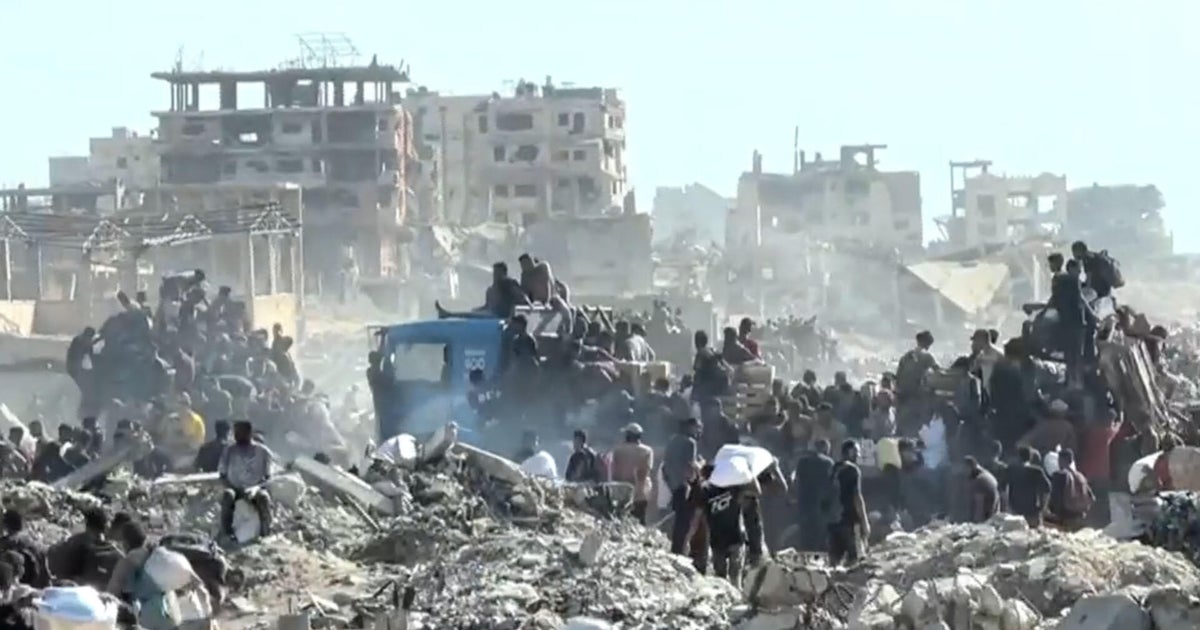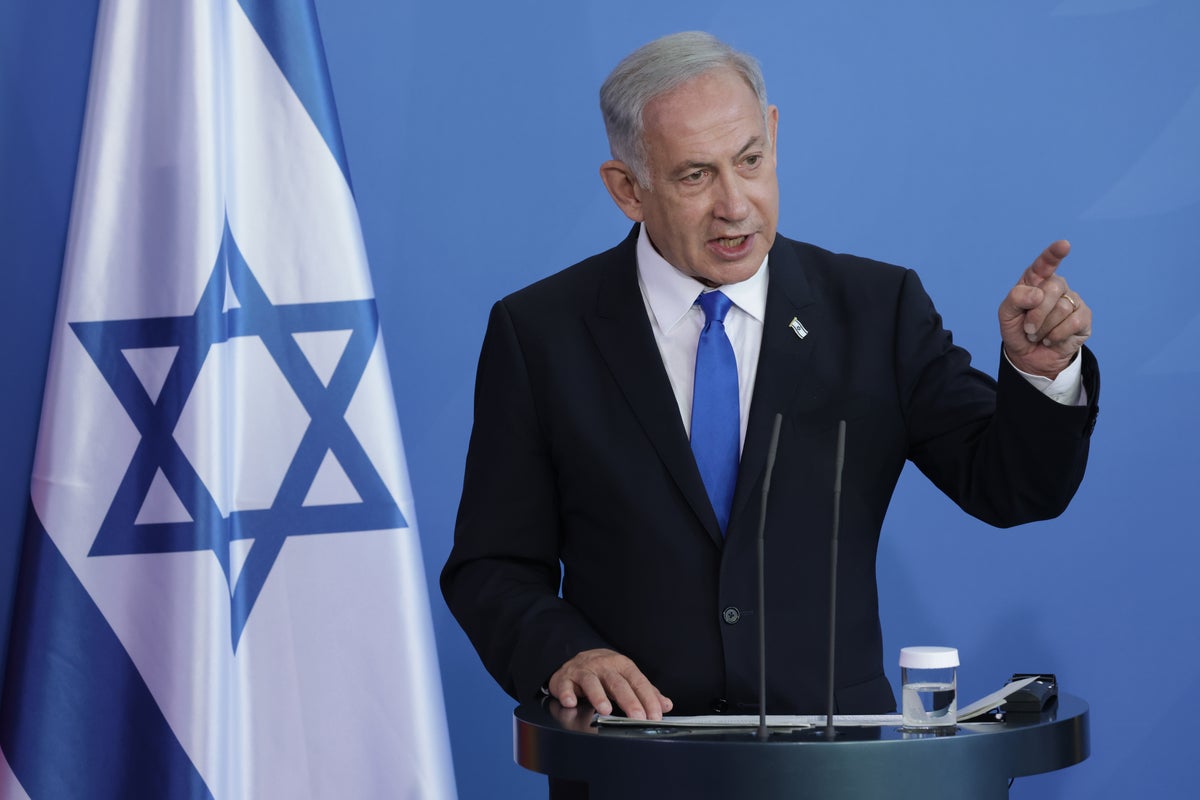On Tuesday, Donald Trump gave Vladimir Putin a new deadline – agree to a ceasefire in the Ukraine war or face fresh sanctions.
It appeared the US president had finally run out of patience with the Russian leader, declaring he was “no longer interested in talks” and cutting a previous deadline of 50 days dramatically short.
But regardless of how encouraging this apparent renewed sense of urgency might be to Ukraine, Mr Trump’s views on the war and support for Kyiv are anything but consistent.
From the infamous Oval Office ambush of Volodymyr Zelensky to fluctuating financial commitments from the US, Kyiv has been wise to look elsewhere for reliable supplies – preferably Ukraine’s own burgeoning weapons industry.
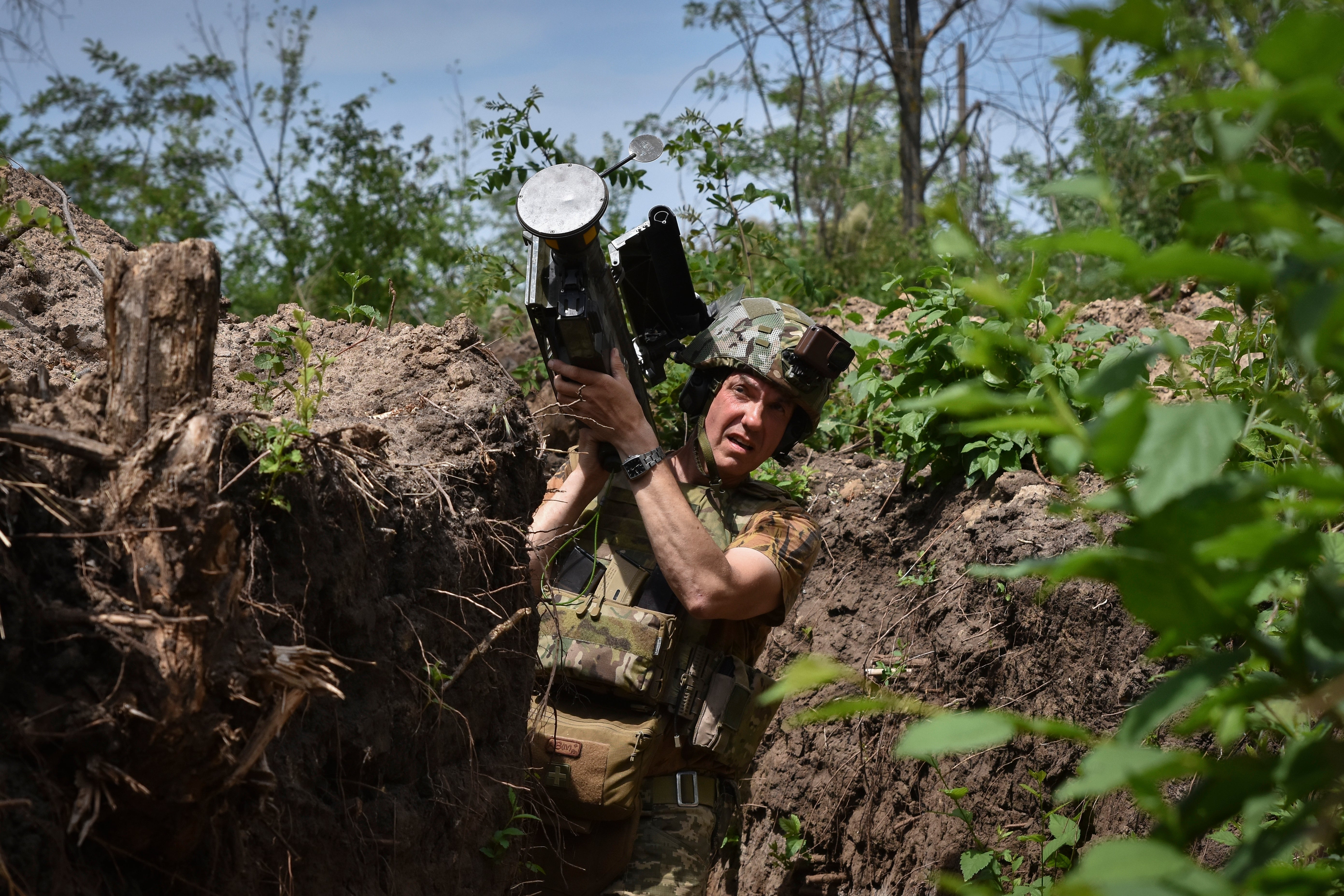
Ukraine has made no secret that a key priority is to build its own missiles that match the destructive power and long reach of the Shahed killer drones, cruise missiles and ballistic missiles that Moscow has been launching in recent weeks.
Russia has launched huge mass aerial attacks against the capital and cities across Ukraine including Kharkiv, Dnipro, Odesa, Zaporizhzhia, Ivano-Frankivsk and Pavlohrad.
Pavlohrad, in Ukraine’s southeastern region of Dnipropetrovsk, recently suffered its biggest aerial attack since the start of the full-scale invasion. When The Independent drove into the city two days later, a huge plume of smoke, visible from miles away, hung over it as fires continued to rage.
It is common knowledge that Pavlohrad has been home to missile production facilities since Soviet times, and Russia’s defence ministry claimed, after the attack, it had struck facilities producing components for missiles and drones.
Dima, who works in the local coal miners’ union communications department, lives in the industrial area of the city that took the brunt of the attack.
“We experience explosions from Russian rockets and drones frequently,” he said. “But this attack was the biggest and seemed to go on forever. The Russians have increased their aerial attacks and the targets are civilian more often than military to try to cause terror.”

With Russia ramping up attacks regardless of any deadline Mr Trump attempts to impose, Kyiv has been looking at new ways to hit back.
Ukraine has shown its advanced drones can destroy targets deep inside Russian territory, more than 1,000km from the Ukrainian border.
And it is already producing and using a family of missile systems named “Neptune”, “Palyanytsia,” “Peklo,” and “Ruta”. According to Kyiv, production multiplied eight times between 2023 and 2024 with even more growth planned for this year. Mr Zelensky has said Ukraine intends to produce 3,000 cruise and drone missiles in 2025.
The homegrown R-360 Neptune cruise missile, with a 150kg warhead has been modified, according to Mr Zelensky, to give it an improved range. However, Neptunes and Ukraine’s other missiles have explosive payloads that are only a fraction – sometimes a tenth – of those carried by Russian rockets.
Ukrainian engineers are focused on long-range missiles able to inflict on Russia the sort of pain it is daily inflicting on Ukrainians. One of those is called “Bars” (Leopard), first publicly mentioned at a Ukrainian weapons exhibition last April by the minister for strategic industries, Herman Smetanin.
The scant information that has emerged about it suggests it is a hybrid between long-range drones and cruise missiles powered by a turbojet engine, giving it great speed and with a range of 700-800km with a warhead of 50-100kg of explosives.
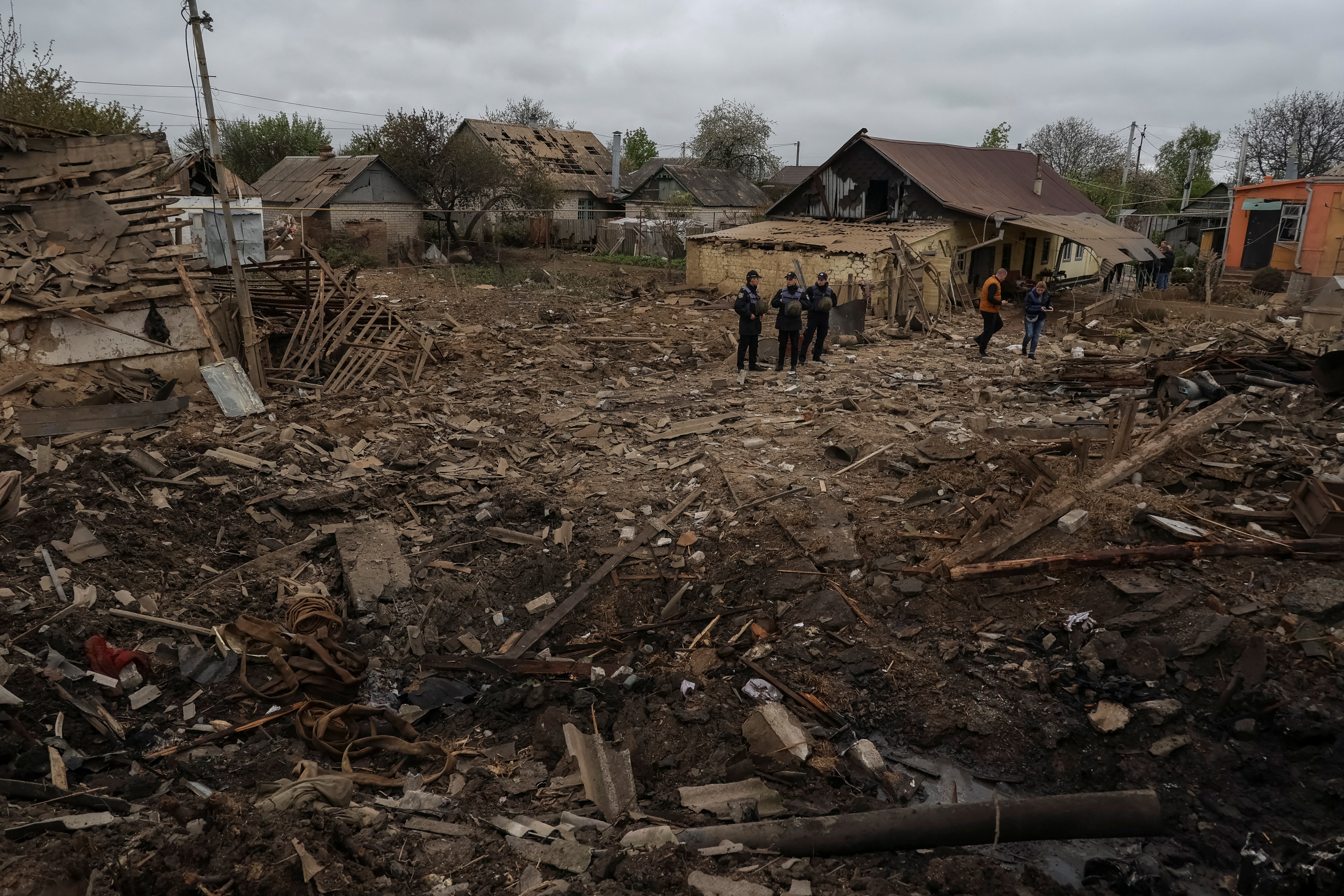
But it is not certain that Bars are the game-changing missiles on which Ukraine is pinning its hopes. A payload of only 100kg gives it a far weaker punch than that of Russian rockets, which often pack one-ton warheads.
Mr Zelensky alluded last year to the successful test of an engine for a homemade ballistic missile. Military experts have speculated it is an offspring of the Sapsan Operational-Tactical Missile System – also known as Hrim and Hrim2 – that was conceived in the early 2000s but was dogged by funding problems and lack of political will. It was revived after Russia’s 2014 invasion of Ukraine’s Crimea peninsula and eastern Donbas region.
One person, who did not want to be named and works with his country’s defence industry, told The Independent information about missile development is probably Ukraine’s most closely guarded secret.
He said: “Everyone, even senior officials, are forbidden to talk about this subject. If you do, you’ll probably be arrested. The only person allowed to reveal anything is President Zelensky.”
Strategic Industries minister Mr Smetanin, spearheads the efforts to grow the country’s weapons production capacity. Adviser to the ministry, Yuri Sak, said that Ukraine heard the warning bells after the US first cut off support for Ukraine over the autumn and winter of 2023 to 2024.
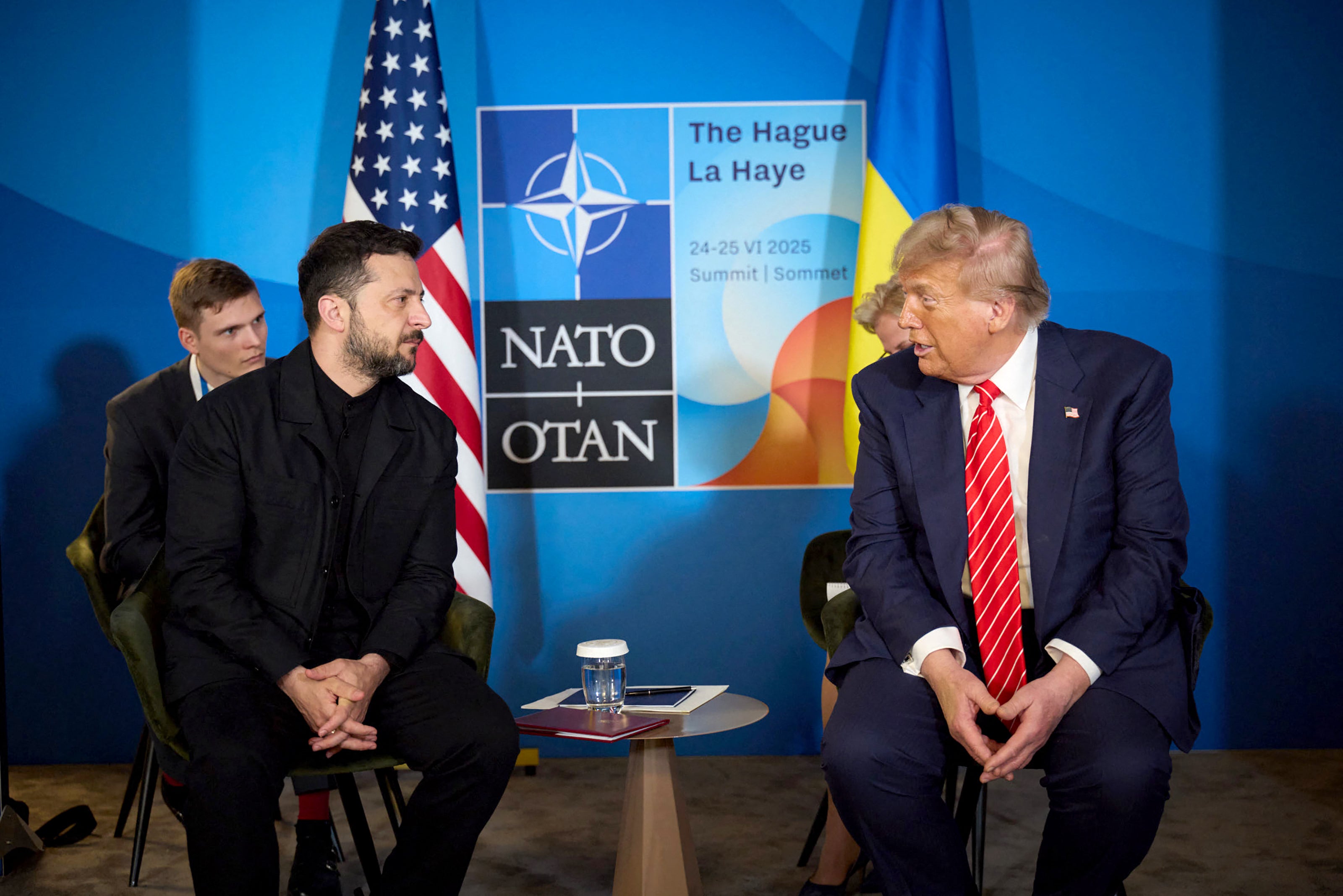
“We realised that we had to start moving towards becoming self-sufficient and as a result our ministry was tasked with pretty much resuscitating Ukraine's defence industry. We began to make contingency plans, which we have in place now.
“Despite the war, despite the missile attacks, despite the hundreds of Shahed drones that are launched against Ukraine pretty much every night, we were able to increase our defence industry output by 35 times during the last three years.”
Russia’s stocks of arms and ammunition and her high capacity to manufacture weapons of all kinds meant it massively outgunned Ukraine initially, but Western-supplied weapons helped dramatically even up the odds.
Mr Sak said that, since Russia’s initial invasion in 2014, the number of weapons-related companies in Ukraine has mushroomed to about 100 state-owned defence industry enterprises and almost 700 private companies.
From producing one howitzer per month in 2022, Mr Sak said Ukraine is now delivering 15 each month.
The conflict in Ukraine has changed the nature of warfare and seen a profound shift toward drones, with Ukraine planning to produce five million this year.
“We are also producing domestically the full spectrum of unmanned and robotic systems, land drones, naval drones, aerial drones, which include both reconnaissance drones and bombers, and drones with ranges of up to 2,000km,” Mr Sak said.
“These very successfully target Russian war machinery and their oil refineries and depots because all the profits from their oil trade go to finance their war and to prosecute war crimes.”
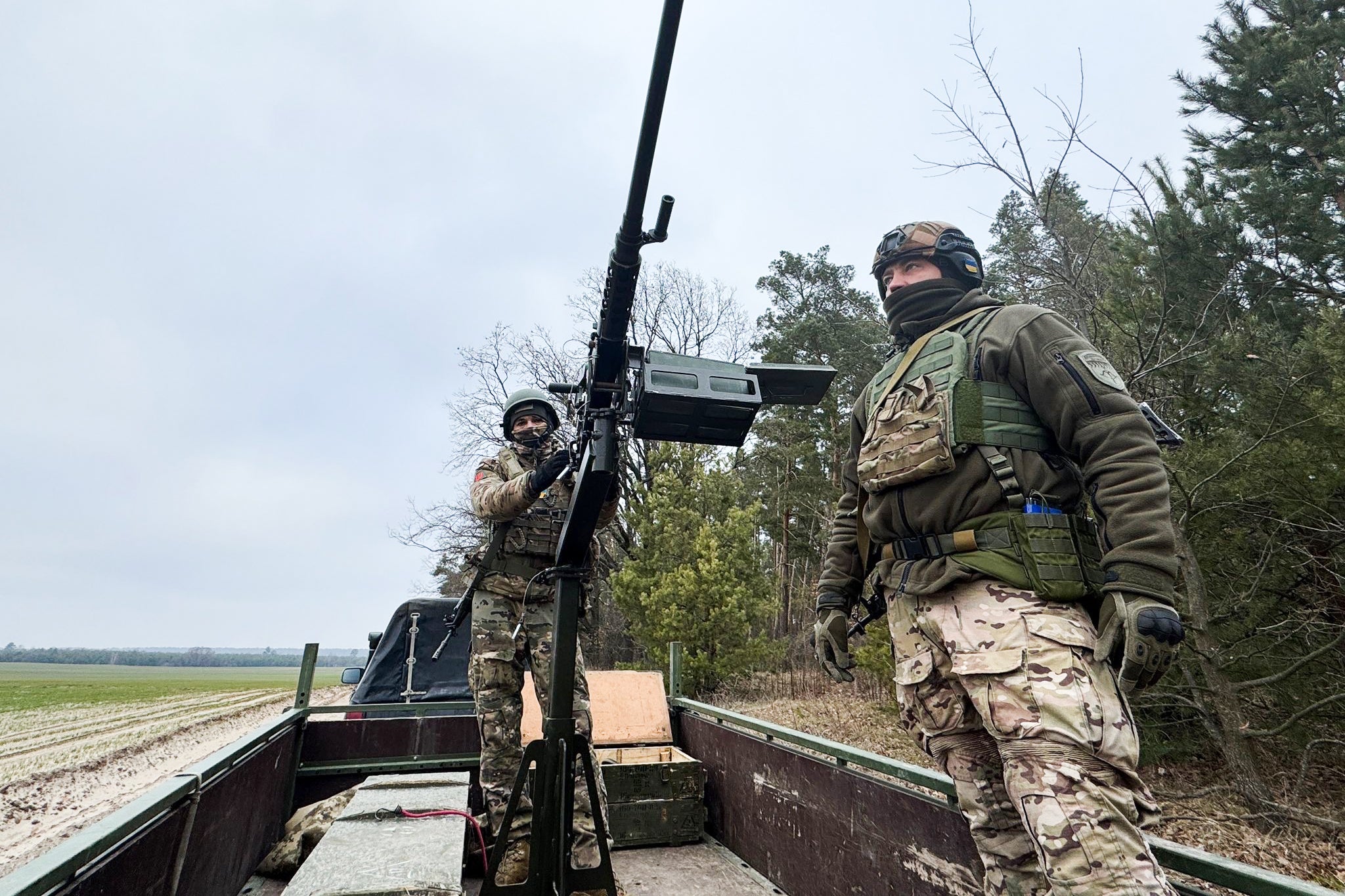
But the Russians know Ukraine is ploughing huge resources into producing its own missiles and other weapons and are trying to destroy any locations they identify where those are being developed or manufactured.
Mr Sak said: “We try to be as quiet as possible about the locations of our defence industry. Where possible, we have relaunched existing facilities that have been idle for the last 20-plus years and, in other cases, we are building new facilities. All this is kept confidential because the Russians are targeting our defence industry enterprises.”
Much of Ukraine’s defence production has been split up, so that three or four smaller, concealed sites replicate the same weapons system and, if one is hit, overall production continues.
The Independent visited one such facility in western Ukraine on condition that no details were published that would allow its location to be identified.
Concealed within a sprawling, somewhat dilapidated, Soviet-era industrial zone, the facility produces BTR-4E “Bucephalus” armoured personnel carriers. The eight-wheeled Ukrainian design went into production in 2012. Until 2022, it was produced at a large plant in the east Ukrainian city of Kharkiv, targeted by Russia early in the full-scale war.
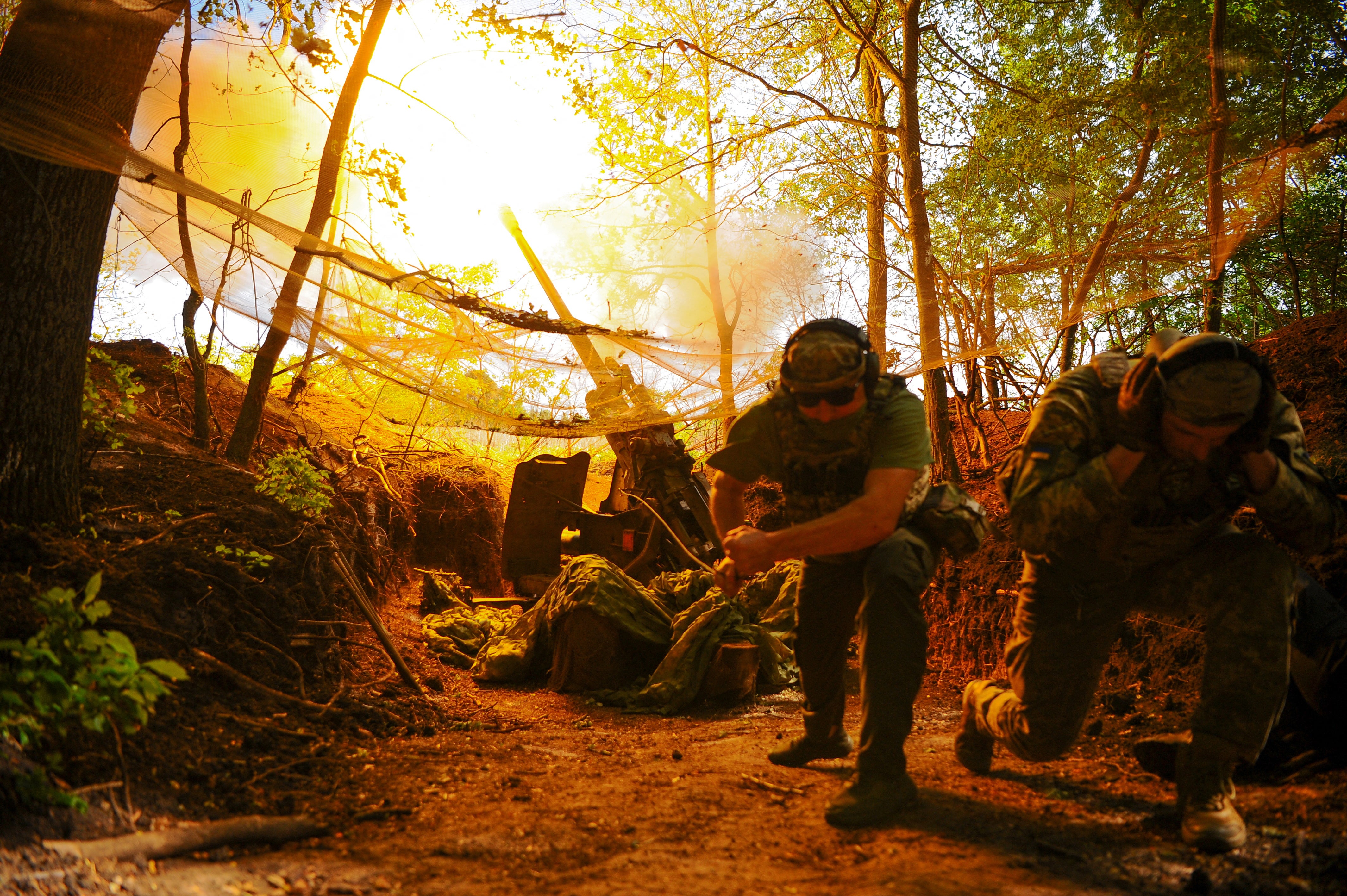
The owner of the plant, calling himself Andriy for this article, is a former soldier who has himself seen action against the invading Russian forces. His factory previously produced heavy precision machinery and engine parts and converted to weapons manufacture in early 2024 to become one of three concealed facilities scattered across Ukraine producing Bucephalus APCs.
Speaking with the glow of the plant’s foundry behind him, Andriy said: “We cast and produce almost everything for the construction of the APC, hull, turret, wheels, axles. The engines are brought in from Germany and the weapons are fitted elsewhere. We produce four per month and plan to increase that number.”
In addition to the 300 plant employees, inspectors working for the Ukrainian defence ministry, minutely scrutinise each component produced there.
The concealed sites are protected by air defences to counter Russian missiles and drones.
Such secret weapons production sites are keenly sought out by Russian spies and informers on the ground and by satellite surveillance, and Andriy has security guards and equipment watching the perimeter of the plant.
“But mostly we rely on trust,” he explained. “That people who live in the same community and know each other will not betray each other or their country.”

 2 hours ago
4
2 hours ago
4


